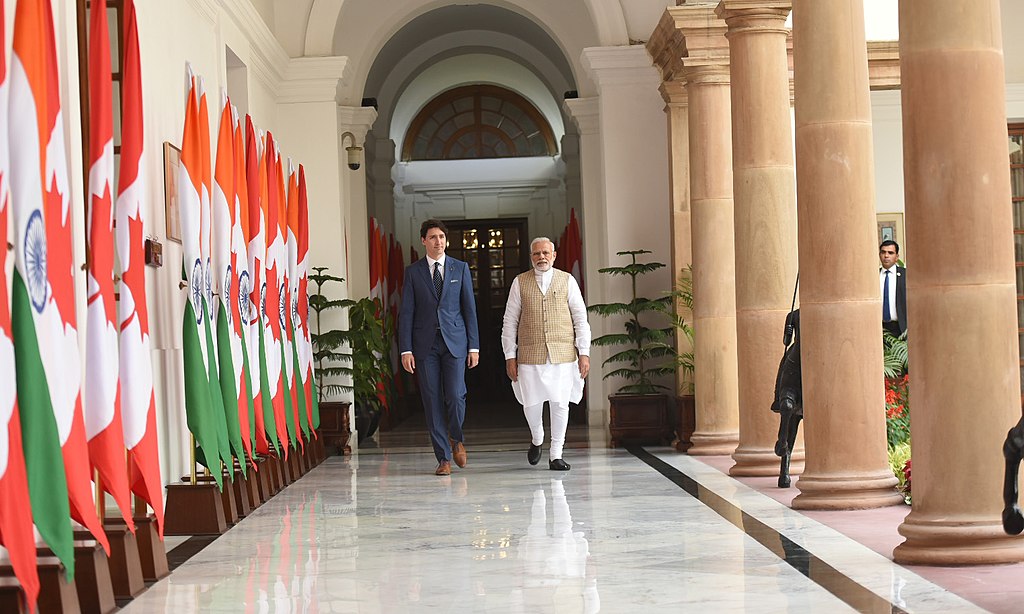This is a summary of the original article by Srishti Khemka that may be found here
India’s goal of creating a successful semiconductor ecosystem reached a new milestone recently with the Israel-based International Semiconductor Consortium announcing plans to begin construction on the country’s first semiconductor fabrication plant as soon as February 2023. Indian conglomerate Vedanta and Taiwanese manufacturer FoxConn also recently invested $19.5 billion to build semiconductor and display production plants in the state of Gujarat and are expected to start construction in the next two and a half years.
India has been investing in domestic semiconductor manufacturing to address its own semiconductor consumption and to gain access to one of the world’s most valuable technologies. Domestic semiconductor consumption is expected to cross $80 billion in 2026, and policymakers have signaled the importance of the sector to India’s future. Despite this attention, India is unlikely to overcome its shortcomings and compete with the world’s major semiconductor manufacturers.
This is not India’s first foray into the semiconductor industry. In the mid-2000s, India was a serious contender as a site for an Intel chip plant, but the plan fell through after the government failed to introduce a semiconductor investment policy in time. India’s bureaucratic dysfunction during the Intel bid process deterred other investors from seriously considering India for many years.
In 2019, the Modi administration renewed these efforts and launched the India Semiconductor Mission (ISM) as a part of its “Make in India” initiative. The ISM is a $10 billion incentive plan which extends fiscal support of up to 50 percent of a project’s cost to display and semiconductor fabricators. This investment plan is partly what drew attention of the International Semiconductor Consortium and Vedanta-FoxConn. Besides, at least three other major investments and twenty other expressions of interest have been submitted to the Indian government.
However, the same bureaucratic dysfunctions which marred India’s last attempt to enter the semiconductor market still cast their cloud over these recent efforts. The Make in India initiative, under which many of the semiconductor subsidies are distributed, has been criticized as unfocused and overly broad, with policymakers frequently shifting their stance on issues like export taxes.
Large semiconductor manufacturing projects, including the International Semiconductor Consortium and Vedanta-Foxconn factories, have also been pushed to set up in the Indian state of Gujarat, the home state of Prime Minister Narendra Modi and a major power base of the ruling Bharatiya Janata Party (BJP). The Vedanta-Foxconn plant has been especially controversial, with officials in the state of Maharashtra saying publicly that Vedanta-Foxconn relocated their plant from Maharashtra to Gujarat under political pressure. While some political maneuvering is expected on major projects, the level of infighting in India, and the inconsistent stance of BJP officials on a variety of important tax and business issues, have all made India less attractive for semiconductor manufacturers.
India’s semiconductor subsidy program also lags behind the levels of investment and tax incentives provided by other countries such as EU countries and China. Creating a semiconductor manufacturing ecosystem requires significant investments and tax incentives from the government, but India has yet to make that level of commitment.
Aside from government support, building a semiconductor manufacturing industry requires adequate talent. India already has a strong semiconductor research and design industry, and has been attracting more research centers in recent months. Additionally, India’s top engineering schools like the Indian Institute of Technology have been partnering with universities across the world to create specialized educational programs focused on semiconductor design and production.
While India has a functioning semiconductor talent pipeline and potential avenues to expand it, other resources, like raw materials, water, and energy will be harder to come by. China controls many of the metals and alloys needed. India would need to either import these critical materials or invest in its own mining industry. India holds over 6 percent of the world’s rare earth reserves, some of which are vital to the production of semiconductors, and Indian companies have been pushing for the government to take advantage of this fact. However, expanding this industry would require considerable time and investment to keep up with demand.
Water and energy are two other critical resources in semiconductor production, and India does not have enough of either. Almost 6 percent of India’s population lacks access to safe drinking water. Adding large semiconductor factories, which can consume water for 300,000 households per day would further strain supplies. The government has made some progress in improving groundwater management, but it is unclear whether, or how quickly, those initiatives will succeed.
Production at India’s established electronics manufacturers has also been plagued by power outages and coal shortages this year. India has worked to increase adoption of renewable energy to expand its power grid, but it remains uncertain how quickly that will ease the load.
Creating a viable semiconductor ecosystem is not simple. The world’s current chip powerhouses took decades to develop a strong industry. Despite enormous investments in semiconductor manufacturing and a strong talent pool, bureaucratic inability and water and energy shortages may prevent India from achieving its ambitions of becoming a global semiconductor powerhouse.
The views expressed herein may not necessarily reflect the views of JI FAD and/or any of its affiliates





